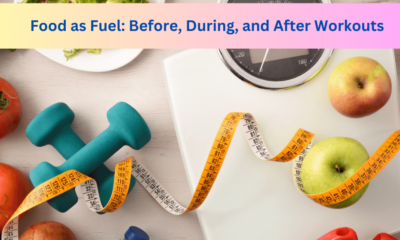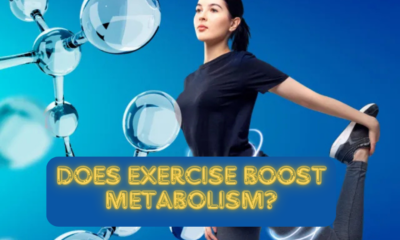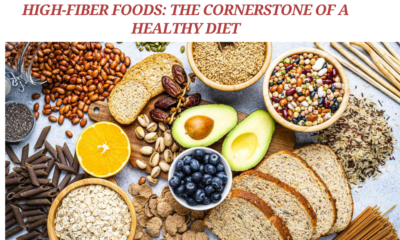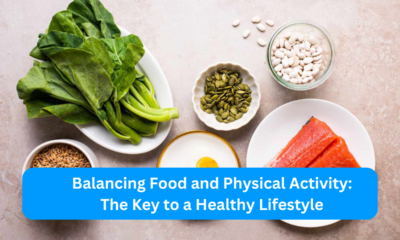fitness
Eating the Right Foods for Exercise: A Comprehensive Guide
Published
1 month agoon
By
senorita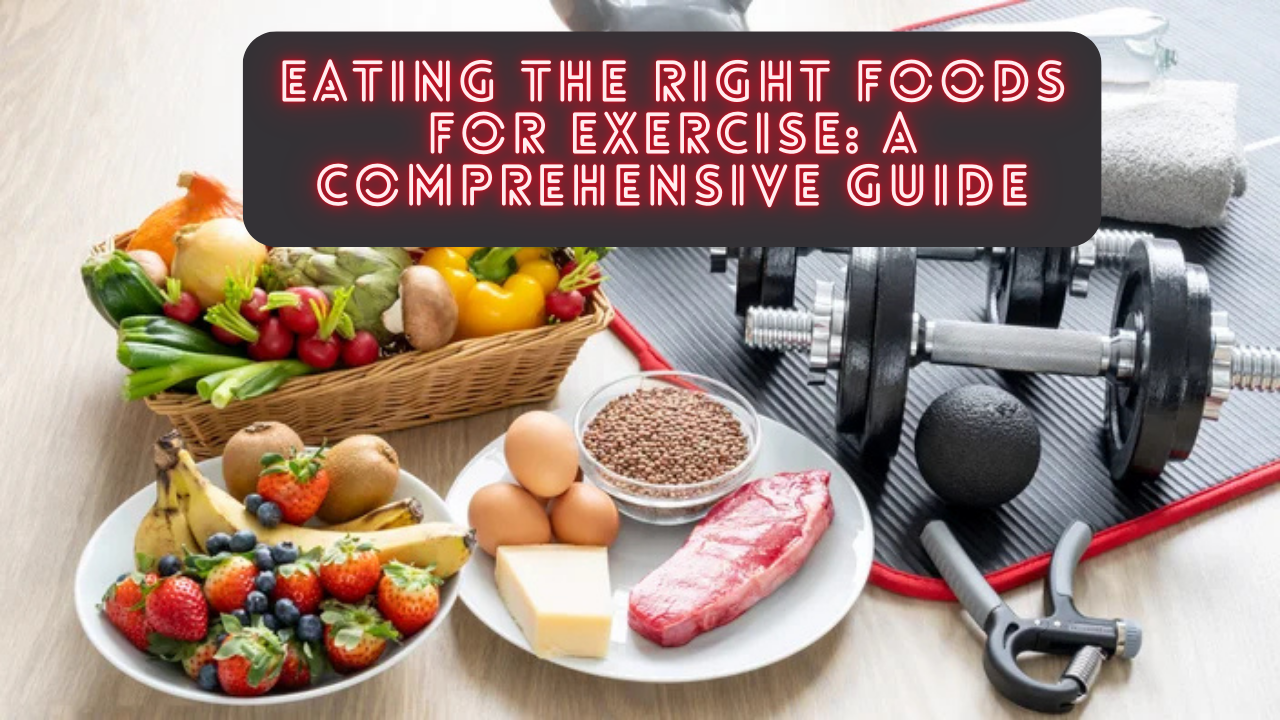
You may obtain the calories and nutrients you require to support your everyday activities, such as frequent exercise, by eating a well-balanced diet.
It’s not as easy as picking veggies over doughnuts when it comes to consuming things that will help you perform better during workout. You must eat the appropriate foods at the appropriate times of day.
Find out how important meal plans, workout snacks, and nutritious breakfasts are.
Make a strong start
It’s crucial to eat your first meal of the day.
A Harvard Health Letter report claims that eating breakfast on a daily basis has been associated with a decreased risk of heart disease, diabetes, and obesity. Your body requires blood sugar to power your muscles and brain, so eating a healthy breakfast can help restore it.
It’s particularly crucial to eat a nutritious breakfast on days when you plan to work out. You risk feeling dizzy or sluggish when working exercise if you skip breakfast.
Making the correct breakfast choice is essential. Far too many people begin their days with simple carbs. A simple white doughnut or bagel won’t satisfy your hunger for too long.
On the other hand, a breakfast high in protein and fiber may help you avoid hungry for longer and provide you the energy you need to continue exercising.
The following advice will help you eat a nutritious breakfast:
Try oatmeal, oat bran, or other high-fiber whole-grain cereals instead of refined-grain cereals that are loaded with sugar. Add some protein next, like yogurt, milk, or chopped almonds.
Use whole-grain flour in place of some of the all-purpose flour when preparing pancakes or waffles. Next, mix the batter with a little cottage cheese.
If toast is your preference, go for whole-grain bread. Next, serve it with peanut butter, an egg, or another protein-rich food.
Be sure to consume the appropriate amount of carbohydrates.
Carbs have a negative reputation because of low-carb diets. However, your body uses carbs as its primary energy source. About 45 to 65 percent of your daily calories should come from carbohydrates, according to the Mayo Clinic. This is particularly true if you work out.
It’s critical to eat the proper type of carbohydrates. A lot of individuals rely on simple carbohydrates, which are present in processed foods and sweets. Rather, you should concentrate on consuming the complex carbohydrates that are present in beans, fruits, vegetables, and whole grains.
Because they digest more slowly than processed grains, whole grains have a longer shelf life.
They can provide your body with energy throughout the day and help you feel fuller for longer. Additionally, they can aid in blood sugar stabilization. Lastly, these high-quality grains include the vitamins and minerals your body needs to function at its peak.
Include protein in your meals and snacks.
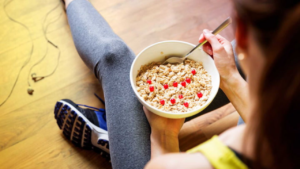
Your body needs protein to develop, maintain, and repair itself. For instance, red blood cells expire after roughly 120 days, according to the University of Rochester Medical Center.
In order to reap the benefits of your workout, protein is also necessary for muscle growth and repair. When there is a shortage of carbs, it can provide energy, but it is not a significant source of fuel when exercising.
According to the Harvard Health Blog, adults should consume roughly 0.8 grams of protein daily for every kilogram of body weight. Approximately 0.36 grams of protein are needed for every pound of body weight. Older folks and exercisers could require considerably more.
Protein may originate from:
poultry, including turkey and chicken
Lamb and beef are examples of red meat.
fish like tuna and salmon
dairy products like yogurt and milk
legumes, including lentils and beans
eggs.
Select lean proteins that are low in trans and saturated fats for the healthiest selections. Eat as little red meat and processed meat as possible.
Increase your consumption of fruits and vegetables.
Natural fiber, vitamins, minerals, and other substances your body needs to function correctly can be found in plenty in fruits and vegetables. They are also low in fat and calories.
According to the US Department of Agriculture, at every meal, try to have half of your plate full with fruits and vegetables.
Make an effort to “eat the rainbow” by selecting a variety of colored fruits and vegetables. This will enable you to take advantage of all the vitamins, minerals, and antioxidants that are available in the produce section.
Think about selecting a new fruit or vegetable to sample each time you visit the grocery store. Store raw vegetables in the refrigerator and dried fruits in your workout bag for snacks.
Select good fats.
Unsaturated fats offer calories and may help lower inflammation.
Although our bodies retain enough fat to power even the longest workouts, fat serves as the main fuel for aerobic exercise. On the other hand, consuming healthy unsaturated fats helps to supply calories and vital fatty acids to keep you going.
Healthy choices consist of:
nuts
seeds
Avocados
Olives
oils, like olive oil
Before working out, refuel.
Achieving the proper ratio of carbohydrates to protein is crucial when it comes to refueling before or after exercise. Compared to junk food comprised of simple sugars and a lot of fat, pre-workout snacks that include protein and carbs can give you greater energy.
Think about keeping some of these easy snacks in your refrigerator and workout bag:
The banana
Potassium and magnesium, which are essential elements to consume on a regular basis, are abundant in bananas. In addition to offering natural carbohydrates to support your exercise, eating a banana can aid in the replenishment of essential minerals. Enjoy your banana with a dollop of peanut butter for extra protein.
Oranges, grapes, and berries
All of these fruits are rich in water, vitamins, and minerals. They help you stay hydrated, provide a rapid energy boost, and are gentle on your intestines. For protein, think about having them with a serving of yogurt.
Nuts
In addition to providing protein and vital elements, nuts are an excellent source of heart-healthy fats. They can provide you with a steady supply of energy for your exercise.
For a nutritious carbohydrate boost, pair them with dried or fresh fruit. But see how these possibilities settle by giving them a try. In addition to slowing down digestion, high-fat foods might cause food to remain in your stomach for an extended period of time if your workout is approaching rapidly.
Nut butter
Single-serving peanut butter packages that don’t need to be refrigerated and fit neatly in a gym bag are available at many supermarkets. Peanut butter is a delicious protein-carb combination that can be smeared on:
An apple
A banana
crackers made with whole grains
A piece of bread made with entire grains
Try soy butter, almond butter, or other protein-rich substitutes if peanut butter isn’t your thing.
Avoid making too many calorie cuts.
You might be tempted to drastically reduce the number of calories in your meals if you’re trying to tone your body or lose weight. A crucial component of weight loss is calorie restriction, but it’s possible to go too far.
You shouldn’t ever feel sick or weary after following a weight loss plan. These indicate that you aren’t obtaining enough calories to maintain your level of fitness and health.
The National Heart, Lung, and Blood InstituteTrusted Source states that most women who are attempting to healthily lose weight can benefit from a diet that includes 1,200 to 1,500 calories per day. The majority of guys who are attempting to lose extra weight should follow a diet that includes 1,500 to 1,800 calories each day.
You might need to consume more calories if you’re an extremely active person or if you don’t want to lose weight while exercising. To find out how many calories you need to support your fitness and lifestyle objectives, consult a dietician or your doctor.
The key is balance.
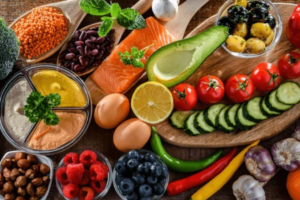
You’ll likely learn which foods give you the most energy and which have the opposite effects as you get used to living an active lifestyle. The secret is to learn to pay attention to your body and strike a balance between what feels nice and what is healthy.
Observe these guidelines:
Try to incorporate breakfast into your daily schedule.
Select a wide range of fruits and vegetables, lean protein sources, complex carbohydrates, and healthy fats.
Keep wholesome snacks for your workout in your gym bag and refrigerator.
Your workout can be fueled by the proper ratio of protein, carbs, and other nutrients.

